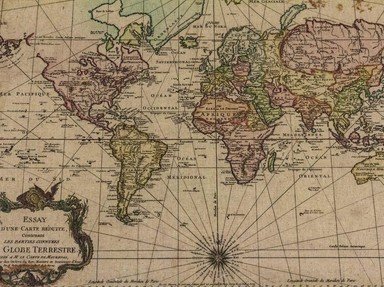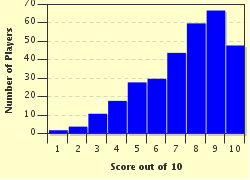Quiz Answer Key and Fun Facts
1. My globe differentiates between the Federal Republic of Germany (West Germany) and the German Democratic Republic (East Germany). As of 1990, the two countries reunified into one nation with what name?
2. My globe has a country called Czechoslovakia. What happened in 1993 that makes the globe obsolete?
3. My globe would have shown what country on the Arabian Peninsula that had a capital of Aden and existed only between 1967 and 1990?
4. Throughout my school years I wanted to go to the Balkan country of Yugoslavia. On my globe in 1989 the country was there for me to see and visit. However, by 1991 it was too late, as parts of the country started a long process of devolution. In 2008, what region of the former Yugoslavia split from Serbia and declared its independence?
5. My 1989 globe shows Sudan as one country, but tribal and religious differences led to the partitioning of the country and the creation of a new country in 2012. What is the name of this new country?
6. On my 1989 globe is a large area for the Union of Soviet Socialist Republics (USSR). What name did the largest of the republics adopt after the USSR broke up in 1990?
7. In 1989, the island of Timor in the Indian Ocean, north of Australia, was a part of Indonesia. On May 20, 2002 the island was officially split between Indonesia and a new nation. What is the common name of the new country?
8. What country that did not exist on my globe in 1989 takes its name from the vast ancient desert that runs along the Atlantic coast of southwest Africa?
9. To determine if the tiny island nation of Palau was on my 1989 globe you would need a large magnifying glass. Trust me it is not there, as Palau did not gain full independence until 1994. What country served as Trustee of Palau as part of the Trust Territory of the Pacific Islands from 1947-1994?
10. My globe in 1989 clearly displays the country of Ethiopia with ports and access to the Red Sea. Yet by 1991, Ethiopia had become the world's most populous landlocked country. What happened to Ethiopia's access to the Red Sea in 1991?
Source: Author
adam36
This quiz was reviewed by FunTrivia editor
Tizzabelle before going online.
Any errors found in FunTrivia content are routinely corrected through our feedback system.

